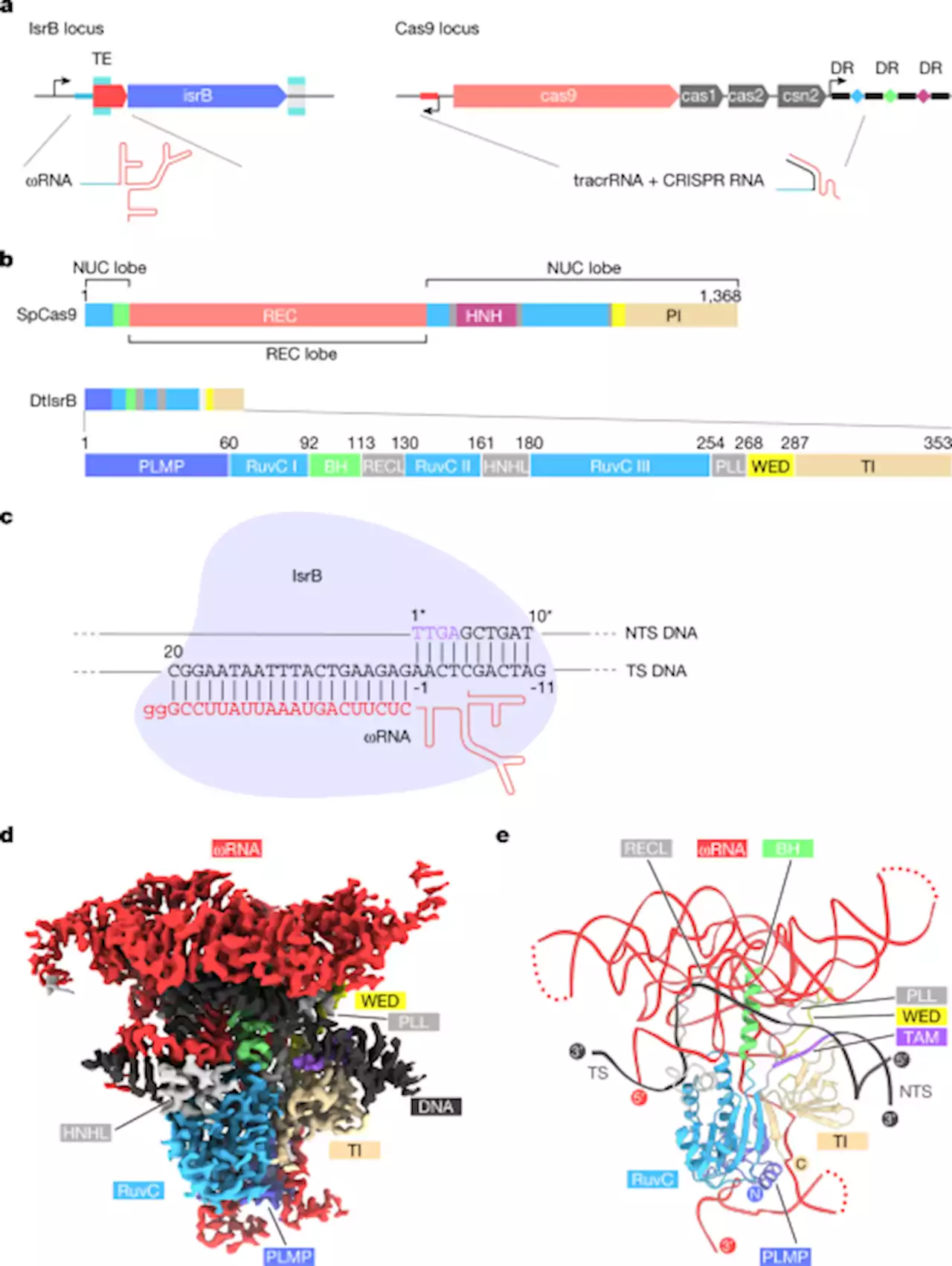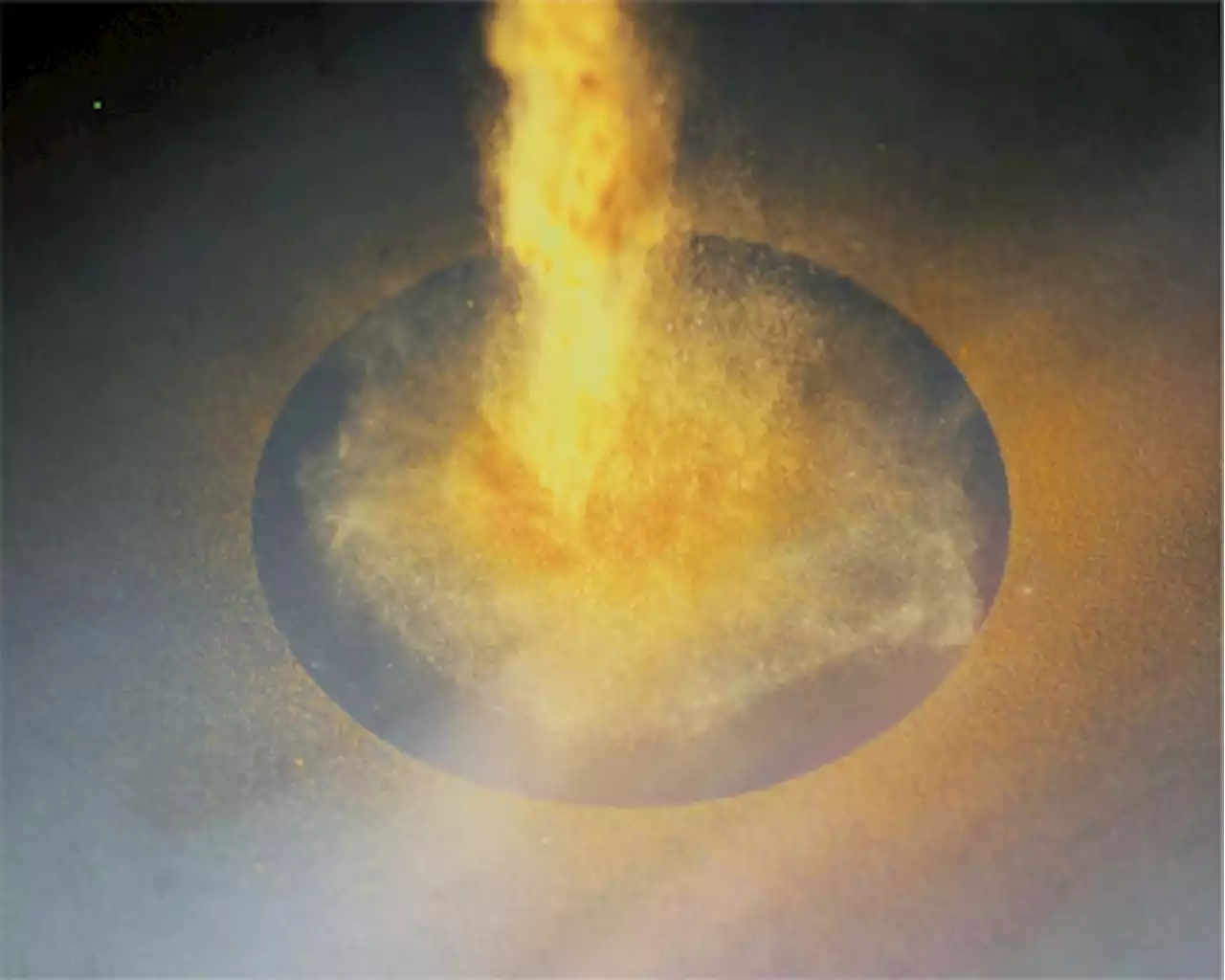Baltic bacteria sink CO2 into smoothies Solar_Foods aims to use bioreactors to produce protein without the need for agriculture
. Solar Foods, a spinoff from a research program at VTT Technical Research Centre of Finland and Lappeenranta University of Technology, aims to use bioreactors to produce protein without the need for agriculture. They call it “protein out of thin air” and are on track to build a factory that will produce vast quantities of a gold-colored microbial biomass powder.
“Microbial protein production using hydrogen-oxidizing bacteria is not new and dates back to 1964,” says Pitkänen. “We just brought clean energy to capture carbon and turn electricity into edible calories.” These edible ingredients can be produced using minimal land use and one-tenth of the water used by soybean production, claims Solar Foods, and the bacteria can grow in the dark in ordinary bioreactors using hydrogen as the energy source.
Solar wants to build more factories and crank up their tonnage per year, to allow them to bring down the price for food producers eager to replace plant- or animal-based protein with a microbial protein. For now, “Anyone who crosses our factory can come by and taste buns or ice cream made with Solein and also donate their exhaled breath to produce more Solein,“ Vainikka concludes.
United States Latest News, United States Headlines
Similar News:You can also read news stories similar to this one that we have collected from other news sources.
 Public biotech in 2021 — the numbers - Nature BiotechnologyPublic biotech in 2021 — the numbers Our latest Data Page shows that in 2021, the 955 companies comprising the public biotech sector generated $242 billion in revenue, a 51% increase over 2020
Public biotech in 2021 — the numbers - Nature BiotechnologyPublic biotech in 2021 — the numbers Our latest Data Page shows that in 2021, the 955 companies comprising the public biotech sector generated $242 billion in revenue, a 51% increase over 2020
Read more »
Evidence suggests pandemic came from nature, not a lab, panel saysA new panel report contends that compelling evidence backs a natural origin for the COVID19 outbreak that first walloped Wuhan, China, in January 2020.
Read more »
 Computational identification of a systemic antibiotic for Gram-negative bacteria - Nature MicrobiologyComputational search identifies dynobactin A which is a systemically active, natural-product peptide antibiotic that kills Gram-negative bacteria.
Computational identification of a systemic antibiotic for Gram-negative bacteria - Nature MicrobiologyComputational search identifies dynobactin A which is a systemically active, natural-product peptide antibiotic that kills Gram-negative bacteria.
Read more »
 Stem cell architecture drives myelodysplastic syndrome progression and predicts response to venetoclax-based therapy - Nature MedicineExtensive characterization of the stem and progenitor cell hierarchies of myelodysplastic syndromes reveals compensatory survival mechanisms underpinning the failure of hypomethylating agents, and uncovers biomarkers that predict second-line clinical response to venetoclax-based therapy.
Stem cell architecture drives myelodysplastic syndrome progression and predicts response to venetoclax-based therapy - Nature MedicineExtensive characterization of the stem and progenitor cell hierarchies of myelodysplastic syndromes reveals compensatory survival mechanisms underpinning the failure of hypomethylating agents, and uncovers biomarkers that predict second-line clinical response to venetoclax-based therapy.
Read more »
 Structure of the OMEGA nickase IsrB in complex with ωRNA and target DNA - NatureThe cryogenic-electron microscopy structure of the D. thermocuniculi IsrB protein in complex with its cognate ωRNA and a target DNA shows that the RNA-dominant IsrB effector complex shares a common scaffold with the protein-dominant Cas9 effector complex.
Structure of the OMEGA nickase IsrB in complex with ωRNA and target DNA - NatureThe cryogenic-electron microscopy structure of the D. thermocuniculi IsrB protein in complex with its cognate ωRNA and a target DNA shows that the RNA-dominant IsrB effector complex shares a common scaffold with the protein-dominant Cas9 effector complex.
Read more »
 Enhanced interactions of interlayer excitons in free-standing heterobilayers - NatureReduced dielectric screening in a free-standing heterobilayer results in higher formation efficiency of interlayer excitons and leads to strongly enhanced dipole–dipole interactions, enabling the observation of many-body correlations at the quantum limit.
Enhanced interactions of interlayer excitons in free-standing heterobilayers - NatureReduced dielectric screening in a free-standing heterobilayer results in higher formation efficiency of interlayer excitons and leads to strongly enhanced dipole–dipole interactions, enabling the observation of many-body correlations at the quantum limit.
Read more »
